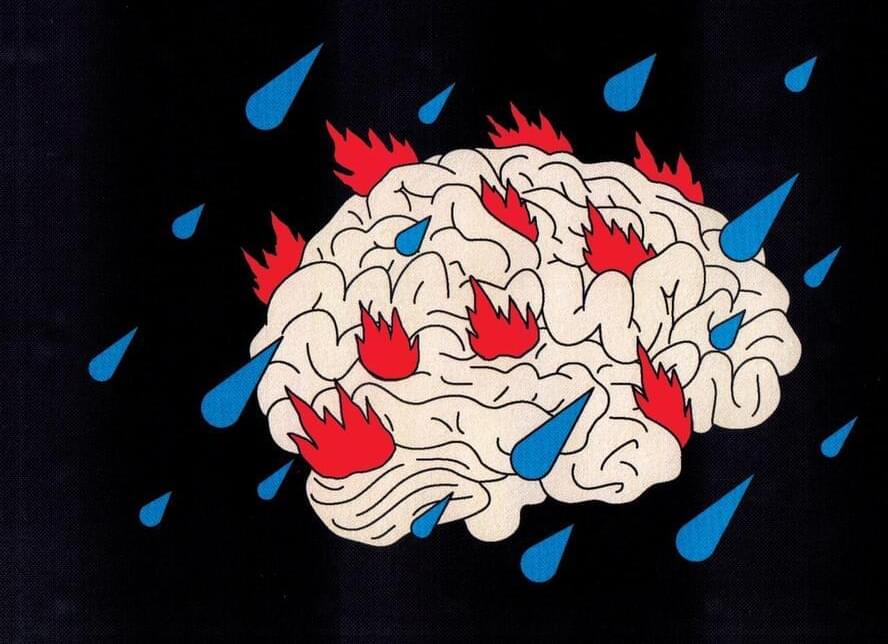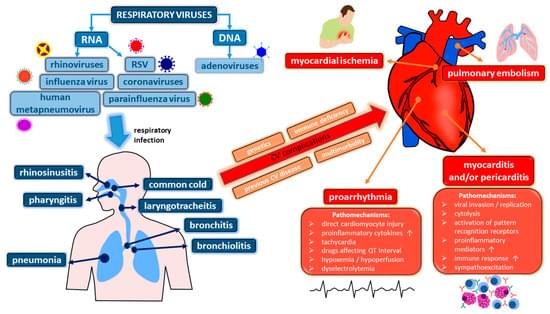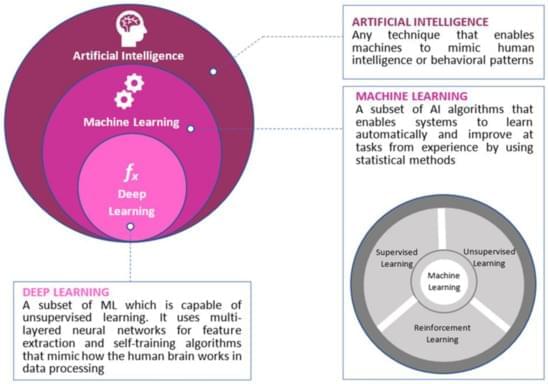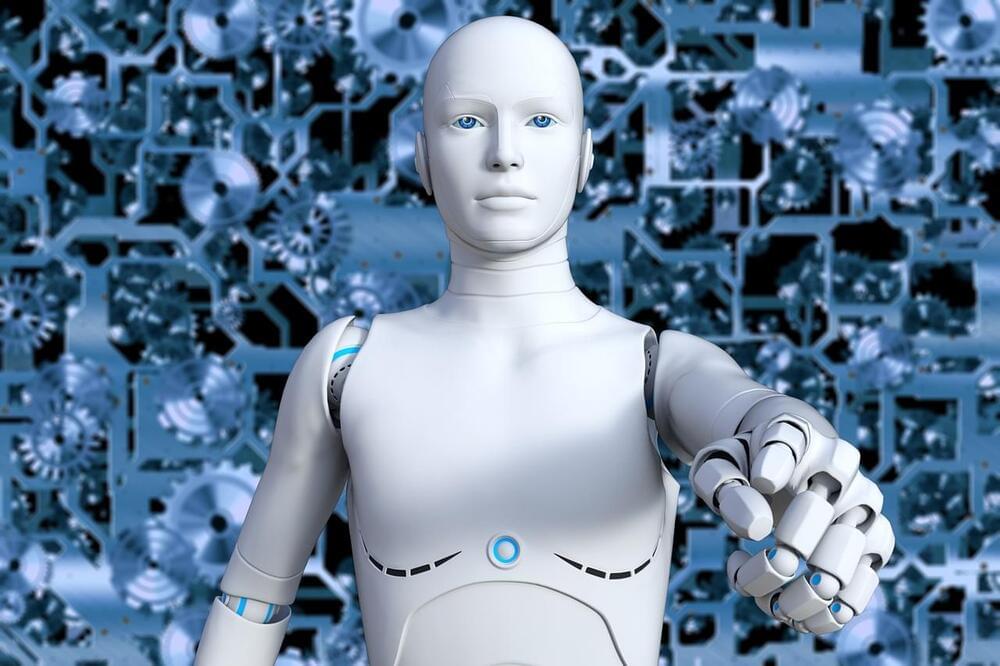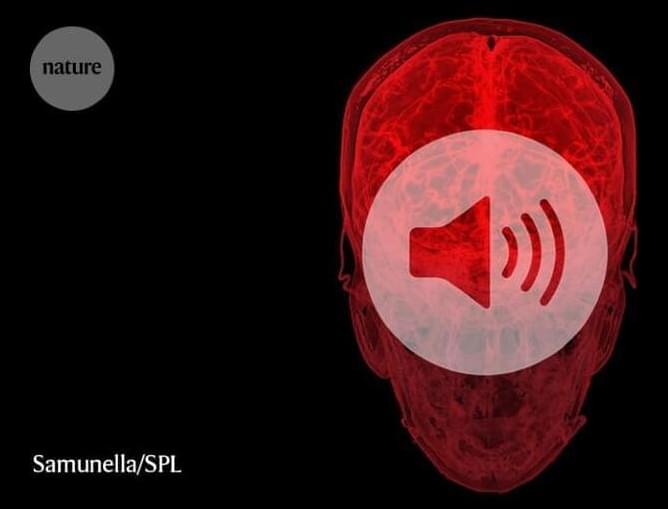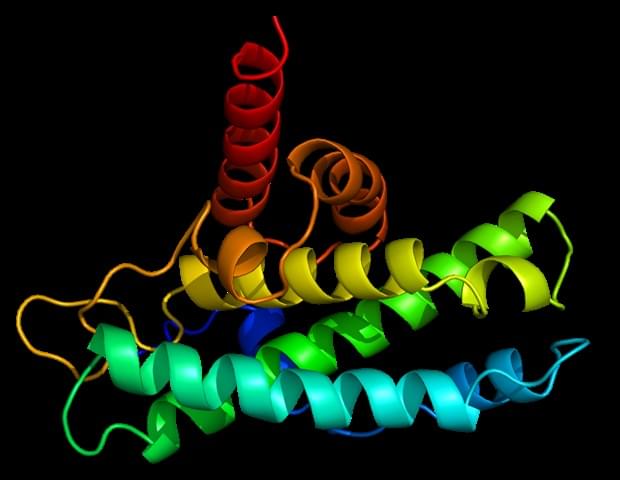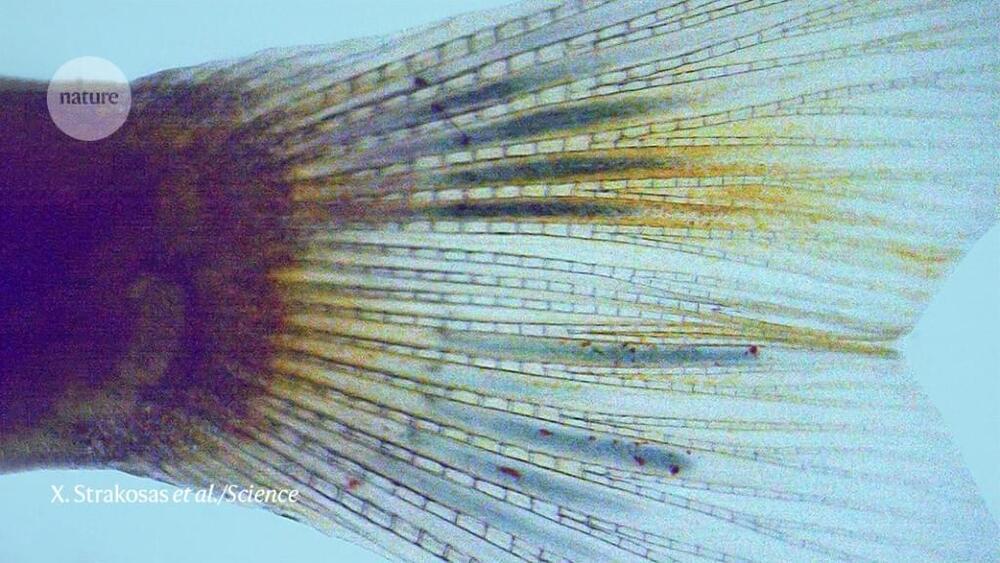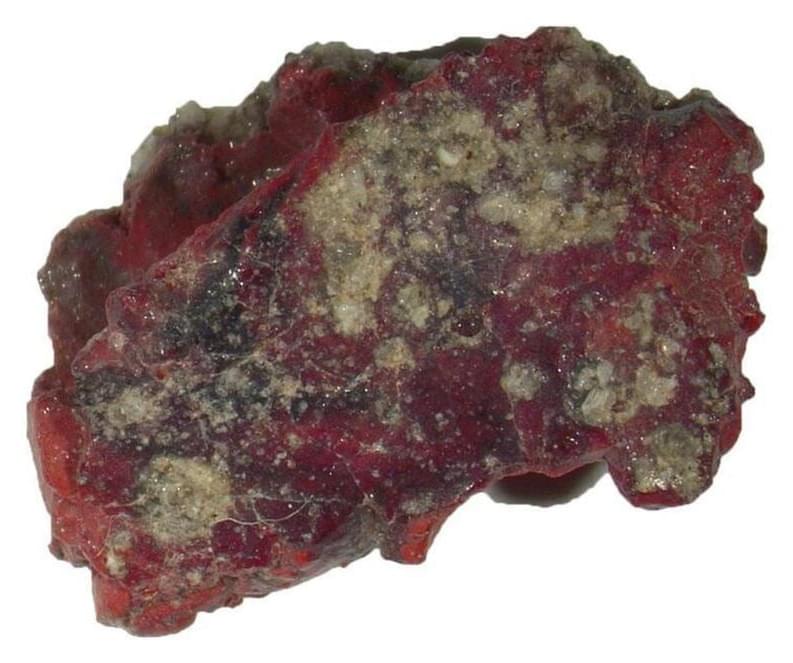Page 3044
Feb 25, 2023
How inflammation in the body may explain depression in the brain
Posted by Quinn Sena in category: neuroscience
Inflammation is a pathway to depression — and a potential avenue for treatment, research suggests.
Feb 25, 2023
Cardiovascular Complications of Viral Respiratory Infections and COVID-19
Posted by Shubham Ghosh Roy in category: biotech/medical
Viral respiratory infections (VRI) are the most prevalent type of infectious diseases and constitute one of the most common causes of contact with medical care. Regarding the pathophysiology of the cardiovascular system, VRI can not only exacerbate already existing chronic cardiovascular disease (such as coronary artery disease or heart failure) but also trigger new adverse events or complications (e.g., venous thromboembolism), the latter particularly in subjects with multimorbidity or disease-related immobilization. In the current paper, we provide a narrative review of diverse cardiovascular complications of VRI as well as summarize available data on the pathology of the circulatory system in the course of coronavirus disease 2019 (COVID-19).
Feb 25, 2023
Artificial Intelligence in Colorectal Cancer Screening, Diagnosis and Treatment. A New Era
Posted by Shubham Ghosh Roy in categories: biotech/medical, information science, robotics/AI
The development of artificial intelligence (AI) algorithms has permeated the medical field with great success. The widespread use of AI technology in diagnosing and treating several types of cancer, especially colorectal cancer (CRC), is now attracting substantial attention. CRC, which represents the third most commonly diagnosed malignancy in both men and women, is considered a leading cause of cancer-related deaths globally. Our review herein aims to provide in-depth knowledge and analysis of the AI applications in CRC screening, diagnosis, and treatment based on current literature. We also explore the role of recent advances in AI systems regarding medical diagnosis and therapy, with several promising results. CRC is a highly preventable disease, and AI-assisted techniques in routine screening represent a pivotal step in declining incidence rates of this malignancy.
Feb 25, 2023
39% of Housework Done by Robots in 10 Years
Posted by Shubham Ghosh Roy in category: robotics/AI
This post is also available in:  עברית (Hebrew)
עברית (Hebrew)
According to expert opinion, in ten years’ time approximately 39% of all domestic chores will be automated. Researchers from the UK and Japan interviewed 65 artificial intelligence experts and many of them were of the opinion that common household tasks will be done by robots by 2033.
Researchers from the University of Oxford and Japan’s Ochanomizu University asked 29 AI experts from the UK and 36 AI experts from Japan for their forecasts on robots in the home. Experts predicted grocery shopping was likely to see the most automation, while caring for the young or old was the least likely to be impacted by AI. Researchers also found that male UK experts tended to be more optimistic about domestic automation compared with their female counterparts, a situation reversed in Japan, as reported on by the BBC.
Feb 25, 2023
Cancer evolution is mathematical
Posted by Jose Ruben Rodriguez Fuentes in categories: biotech/medical, chemistry, evolution, genetics, health, mathematics
Cancer is not a uniform disease. Rather, cancer is a disease of phenotypic plasticity, meaning tumor cells can change from one form or function to another. This includes reverting to less mature states and losing their normal function, which can result in treatment resistance, or changing their cell type altogether, which facilitates metastasis.
In addition to direct changes in your DNA in cancer, a key driver of cancer progression is where and when your DNA is activated. If your DNA contains the “words” that spell out individual genes, then epigenetics is the “grammar” of your genome, telling those genes whether they should be turned on or off in a given tissue. Even though all tissues in the body have almost exactly the same DNA sequence, they can all carry out different functions because of chemical and structural modifications that change which genes are activated and how. This “epigenome” can be influenced by environmental exposures such as diet, adding a dimension to how researchers understand drivers of health beyond the DNA code inherited from your parents.
I’m a cancer researcher, and my laboratory at Johns Hopkins University studies how the differences among normal tissues are controlled by an epigenetic code, and how this code is disrupted in cancer. In our recently published review, colleague Andre Levchenko at Yale University and I describe a new approach to understanding cancer plasticity by combining epigenetics with mathematics. Specifically, we propose how the concept of stochasticity can shed light on why cancers metastasize and become resistant to treatments.
Feb 25, 2023
Marvelling at the mystery of consciousness through a scientific lens
Posted by Jose Ruben Rodriguez Fuentes in categories: mathematics, robotics/AI
In the second episode of this 12-part podcast series, Tales of the Synapse, neuroscientist Anil Seth describes his research into consciousness, which he describes as “insurance against falling into a single, disciplinary hole.”
Alongside neuroscientists, Seth’s research group at the University of Sussex in Brighton, UK, also includes string theorists, mathematicians and psychologists. The team also collaborates with academics in the arts and humanities.
His 2021 book Being You: A New Science of Consciousness. begins by challenging the idea that consciousness is beyond the reach of science, and concludes with a look at consciousness in non-human animals, before asking if artificial intelligence will one day become both sentient and conscious.
Feb 25, 2023
Significance of mathematical modeling in understanding complex biological processes
Posted by Jose Ruben Rodriguez Fuentes in categories: biological, information science, mathematics, neuroscience
Humans and animals detect different stimuli such as light, sound, and odor through nerve cells, which then transmit the information to the brain. Nerve cells must be able to adjust to the wide range of stimuli they receive, which can range from very weak to very strong. To do this, they may become more or less sensitive to stimuli (sensitization and habituation), or they may become more sensitive to weaker stimuli and less sensitive to stronger stimuli for better overall responsiveness (gain control). However, the exact way this happens is not yet understood.
To better understand the process of gain control, a research team led by Professor Kimura at Nagoya City University in Japan studied the roundworm C. elegans. They found that, when the worm first smells an unpleasant odor, its nerve cells exhibit a large, quickly increasing, and continuous response to both weak and strong stimuli. However, after exposure to the odor, the response is smaller and slower to weak stimuli but remains large to strong stimuli, similar to the response to the first exposure to the odor. Because the experience of odor exposure causes more efficient movement of worms away from the odor, the nerve cells have changed their response to better adapt to the stimulus using gain control.
Then the researchers used mathematical modeling to understand this process. Mathematical modeling is a powerful tool that can be used to better understand complex biological processes. They found that the “response to first smell” consists of fast and slow components, while the “response after exposure” only consists of the slow component, meaning that the odor experience inhibits the fast component to achieve gain control. They further found that both responses could be described by a simple differential equation and that the slow and fast components correspond to the leaky integration of a first and second derivative term of the odor concentration that the worm senses, respectively. The results of this study showed that the prior odor experience only appears to inhibit the mechanism required for the fast component.
Feb 25, 2023
Electrodes build themselves inside the bodies of live fish
Posted by Jose Ruben Rodriguez Fuentes in categories: chemistry, electronics
Substance that transforms into a conductive polymer using the body’s own chemistry could improve implantable electronics.
Feb 25, 2023
The First Atomic Bomb Created This ‘Forbidden’ Quasicrystal
Posted by Dan Breeden in category: military
Scientists once thought their structures impossible. Now, the discovery of the oldest man-made quasicrystal could expand the world of nuclear forensics.

